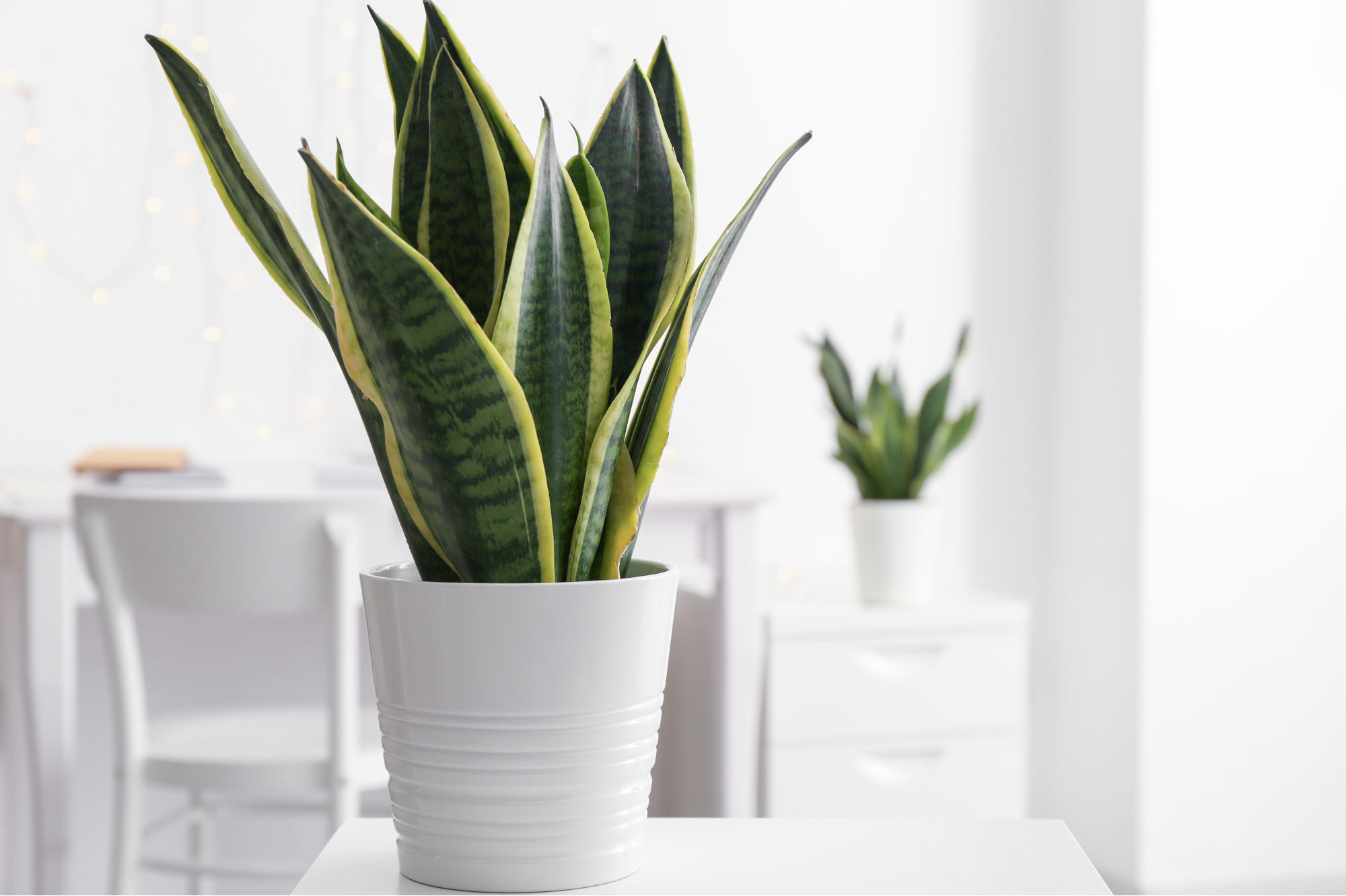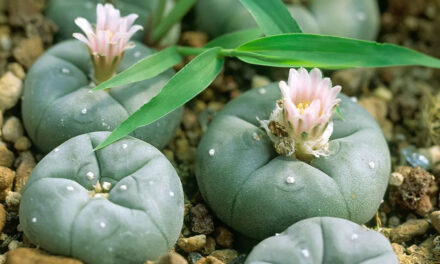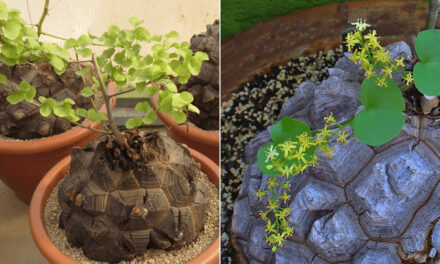Aloe vera, with its succulent leaves and incredible healing properties, has become a staple plant in many households. Whether you're a seasoned plant enthusiast or a beginner in the world of gardening, understanding how to care for aloe vera and its various varieties is essential. In this comprehensive guide, we will explore the different types of aloe vera plants and provide you with valuable tips to keep them thriving and healthy.

Aloe Vera Varieties
Aloe vera, a member of the Asphodelaceae family, is a diverse genus with over 500 known species. While the most commonly recognized species is Aloe barbadensis, there are several other noteworthy varieties to explore:
- Aloe Vera (Aloe barbadensis): This is the most common and widely cultivated variety, known for its thick, fleshy leaves that contain the gel with various medicinal properties. Aloe barbadensis is highly adaptable and can grow both indoors and outdoors.
- Tiger Aloe (Aloe variegata): With its striking dark green leaves adorned with white bands or spots, Tiger Aloe is a visually stunning variety. It is a slow-growing plant, making it an excellent choice for small containers or rock gardens.
- Lace Aloe (Aloe aristata): Recognizable by its unique rosette shape and toothed leaves, Lace Aloe is a compact variety that is well-suited for indoor cultivation. It produces beautiful coral-colored flowers and requires minimal maintenance.
- Spiral Aloe (Aloe polyphylla): This mesmerizing variety forms a perfect spiral pattern with its rosette-shaped leaves. Spiral Aloe is incredibly rare and challenging to grow, making it more suitable for experienced gardeners.
- Cape Aloe (Aloe ferox): Native to South Africa, Cape Aloe is a large and robust variety that can reach several feet in height. It is commonly used for its medicinal properties, and its sap is often harvested for its laxative effects.
Caring for Aloe Vera Plants
Now that we've explored the different varieties of aloe vera, let's dive into the essential care tips to ensure your plants thrive:
- Sunlight: Aloe vera requires plenty of bright, indirect sunlight. Place your plant near a sunny window, preferably facing south or west. If you keep it outdoors, provide partial shade during the hottest hours of the day to prevent sunburn.
- Soil: A well-draining soil mix is crucial for aloe vera plants. Use a cactus or succulent potting mix or create your own by combining regular potting soil with perlite or coarse sand to improve drainage.
- Watering: Aloe vera is a drought-tolerant plant, so it's crucial not to overwater it. Allow the soil to dry out completely between watering sessions. Typically, watering once every two to three weeks is sufficient, but adjust the frequency based on the environmental conditions.
- Temperature and Humidity: Aloe vera thrives in temperatures between 55°F and 80°F (13°C-27°C). It can tolerate higher temperatures for short periods, but prolonged exposure to extreme heat may cause damage. Aloe vera prefers low to moderate humidity levels and can suffer in excessively humid environments.
- Fertilization: Aloe vera plants are not heavy feeders. Fertilize them sparingly, using a balanced, water-soluble fertilizer diluted to half strength, once or twice during the growing season (spring and summer). Avoid fertilizing during the dormant winter months.
- Repotting: Aloe vera plants typically require repotting every two to three years, or when the roots become cramped. Choose a slightly larger pot and use fresh, well-draining soil during the repotting process.
With their unique beauty, healing properties, and easy maintenance, aloe vera plants are a wonderful addition to any home or garden. By understanding the different varieties and following the care tips outlined in this guide, you can ensure that your aloe vera plants remain healthy and vibrant for years to come. So, go ahead and embrace the wonders of aloe vera, and let its soothing presence grace your living space.


















